The northern lights, or aurora borealis, are incredible light shows caused by collisions between electrically charged particles and Earth’s atmosphere.
Aurora Borealis- meaning “northern dawn” – are targeted by many enthusiasts across the world. These curtains of colored light which appear in the northern hemisphere are visible in the middle of the night, and the dead of winter.
These beautiful events have inspired stories from prehistoric times, and only recently, we have just begun to study them scientifically. These events also occur in the southern hemisphere; they are called Aurora Australis – southern lights, and this phenomenon also occurs on other planets. With that being said, here are some fascinating facts about aurora borealis.
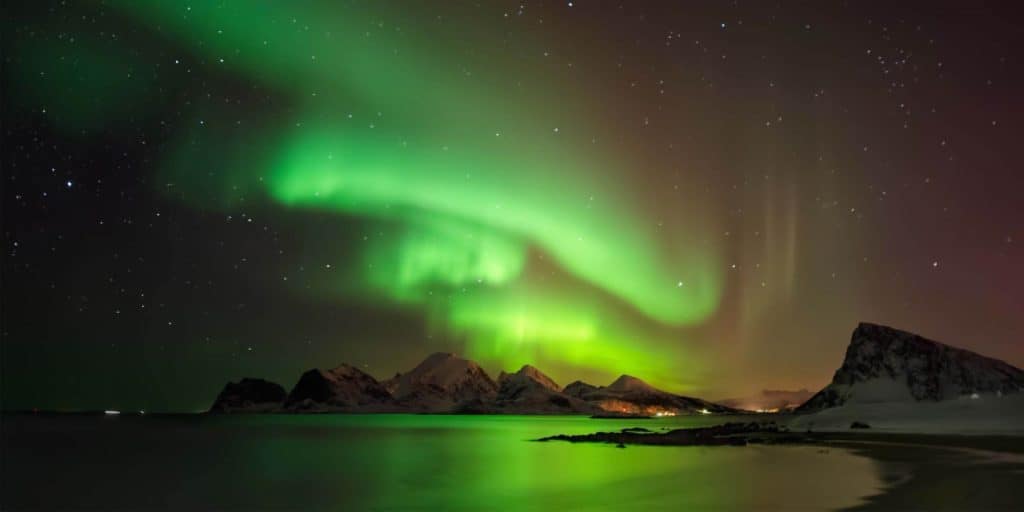
The origin of Auroras
Auroras are caused by collisions between fast-moving electrons from the magnetosphere – a region of space controlled by Earth’s magnetic field – and oxygen and nitrogen molecules in Earth’s upper atmosphere.
The sun is responsible for these charged particles. Electrons transfer a part of their energy in the molecules when they collide, and this transfer excites them.
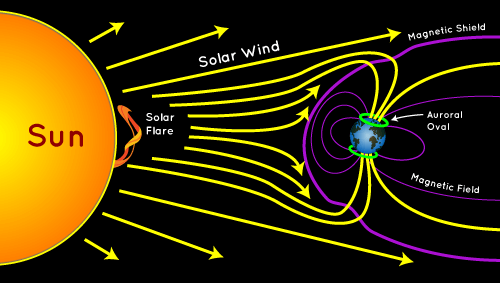
These excited molecules eventually return to their non-excited state by releasing photons, or light particles. When large numbers of these collisions are present, they create enough light for us to see.
They can have different colors
Certain atoms create different colors. When it comes to the color of the polar lights, it all depends on whether electrons collide with oxygen or nitrogen, and how energetically.
This change in energy has a specific value, and the resulting photon thus has a particular color or wavelength. When it comes to the usual green light, oxygen emits greenish-yellow or even red light. Nitrogen, on the other hand, often gives a blue light, if these colors blend, they result in purple, pink, and white.
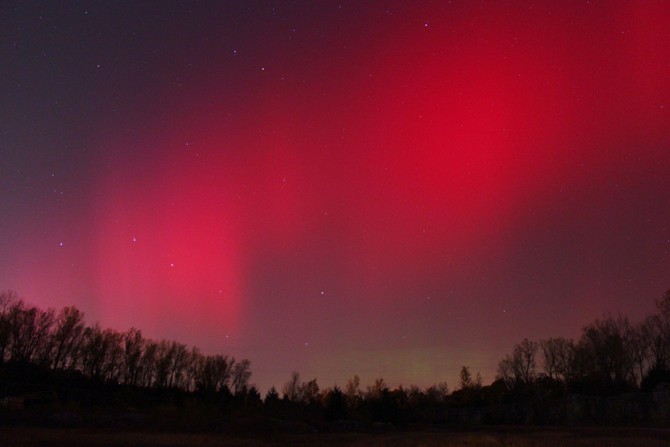
Oxygen and nitrogen can also emit ultraviolet light. Our eye can’t detect these lights; only special cameras on satellites can capture them. The analysis of these different colors can give us results, for example, in the form of energy levels of the electrons, which bombard our atmosphere and create the aurora.
Auroras can occur at any time
They mostly occur in high altitudes near the poles; this is due to the fact that electrons travel along magnetic field lines, and the Earth’s magnetic field lines come out and go into the Earth near its poles.
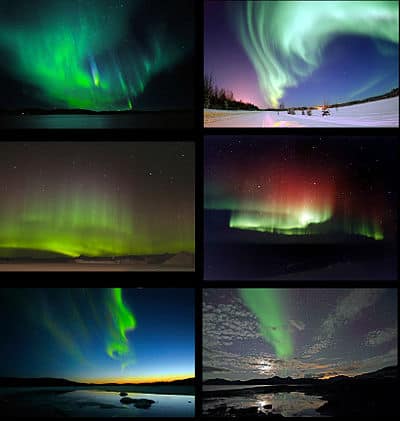
However, some auroras have been detected as far as Mexico. In certain areas such as Alaska or Greenland, auroras are visible throughout the year.
We have just begun probing them
NASA launched the Auroral Spatial Structures Probe in 2015 into the northern lights. This probe carried seven instruments to study the electromagnetic energy that can heat the thermosphere during auroral events.
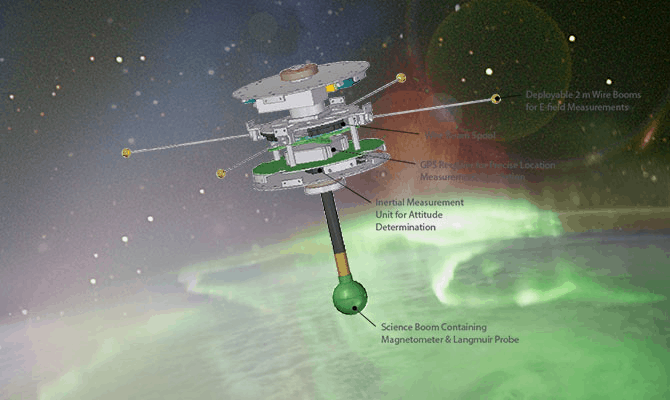
The thermosphere is the second-highest layer of the atmosphere. Astronauts frequently see and photograph the aurora.
We’ve witnessed them for a long time
One of the earliest datings of auroras comes from the Babylonian clay tablet that recorded the observations made by the official astronomers of King Nebuchadnezzar II in 567 BCE. They noted an unusual red glow.
Famous astronomers such as Galileo Galilei or Pierre Gassendi also witnessed these lights in action in 1621, while a reference from the 500s by Gregory of Tours has been discovered.
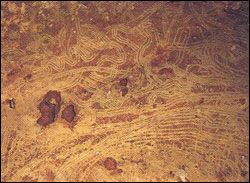
Some believe that the earliest recorded sightings of the auroras are represented on some 30.000-year-old cave paintings. In any case, auroras also occur around the southern magnetic pole as well.
They are called the aurora australis and they sometimes appear as mirror images of the aurora borealis at both poles.
Sunspot activity affects the light
The truth is, the lights of the aurora are only the end product of a complex interaction between the sun and Earth. Space weather, or activity in the sun’s upper atmosphere – it extends throughout the solar system – includes radiation and plasma created by the sun.
This can affect Earth’s geomagnetic field and thus the aurora themselves. During high solar sunspot activity, auroras appear to be more frequent and spectacular.
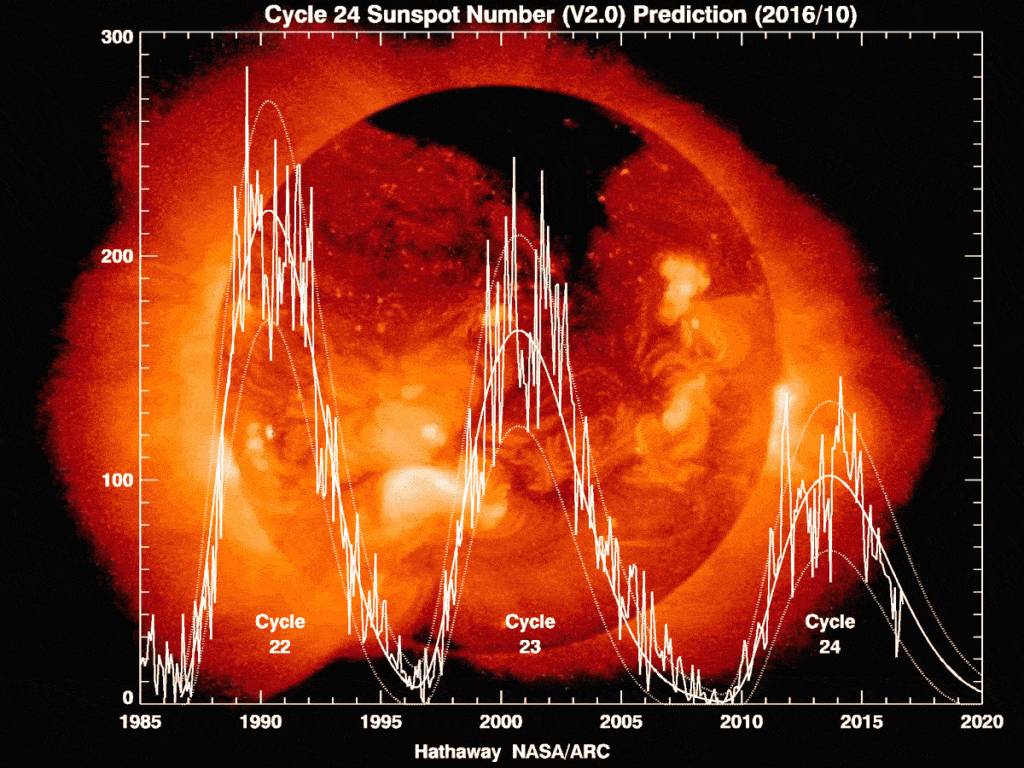
These events occur on an 11-year cycle. Some spectacular displays were noted during August and September 1859, and February 11, 1958, when supposedly the lights reached 1250 mi / 2011 km wide, circling the Arctic from Oregon to New Hampshire.
Another notable recording is of the aurora, which occurred on March 13, 1989, when the sky reportedly turned into a vivid red. This was seen from Europe, and in North America, and as far south as Cuba.
Auroras inspired many legends
Some civilizations considered them the spirits of the dead. Other North American cultures believed that the auroras were a narrow, torch-lit pathway to guide departed souls to heaven.
The Iglulik saw the auroras as a single powerful spirit who assisted shamans in their rituals. In Roman times, and particularly in the 16th century Europe, people viewed these displays of light, especially the red ones, as frightening omens.
Tourist attraction phenomena
Understandably, auroras, especially the ones occurring in the northern hemisphere, have received much attention. The best viewing of the northern lights occurs in high northern latitudes during the winter.
If the weather is favorable, sightings could last for three to four hours around midnight. These lights can reach heights of 620 mi / 997km, but their average height is usually 60 mi / 96.5 km.
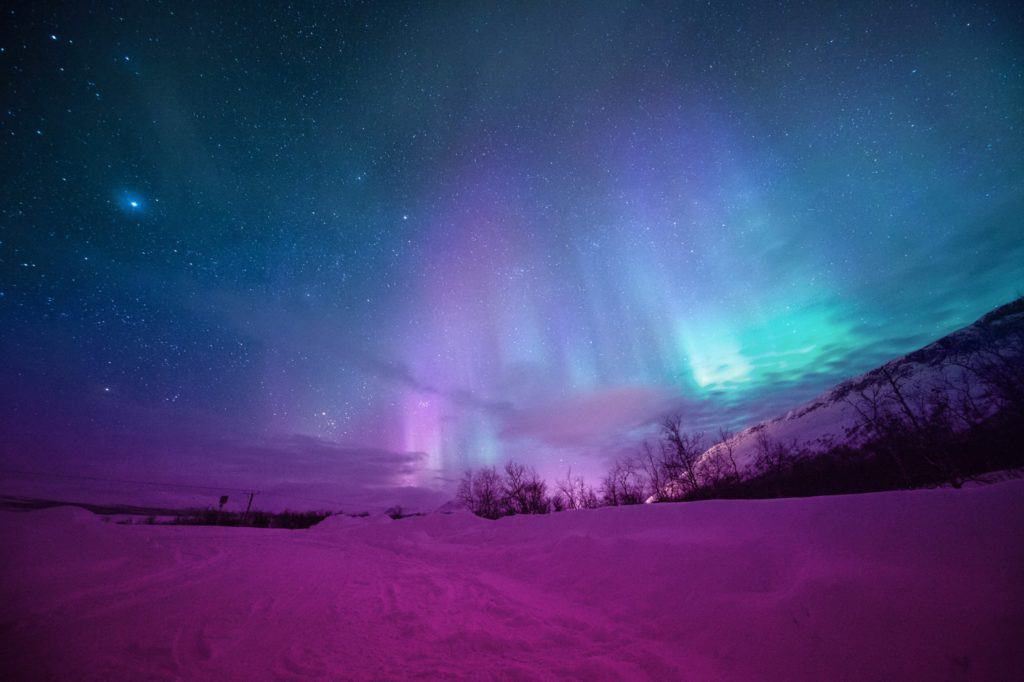
Some people actually claim to hear the sounds of auroras. Though the upper atmosphere where the lights occur is too thin to carry sound waves, and too far away, some have reportedly heard whooshing or crackling noises when there is an aurora in the sky.
Currently, at least one research detected audible sounds associated with auroras, but recently, more research groups claim to have recorded sounds from the lights.
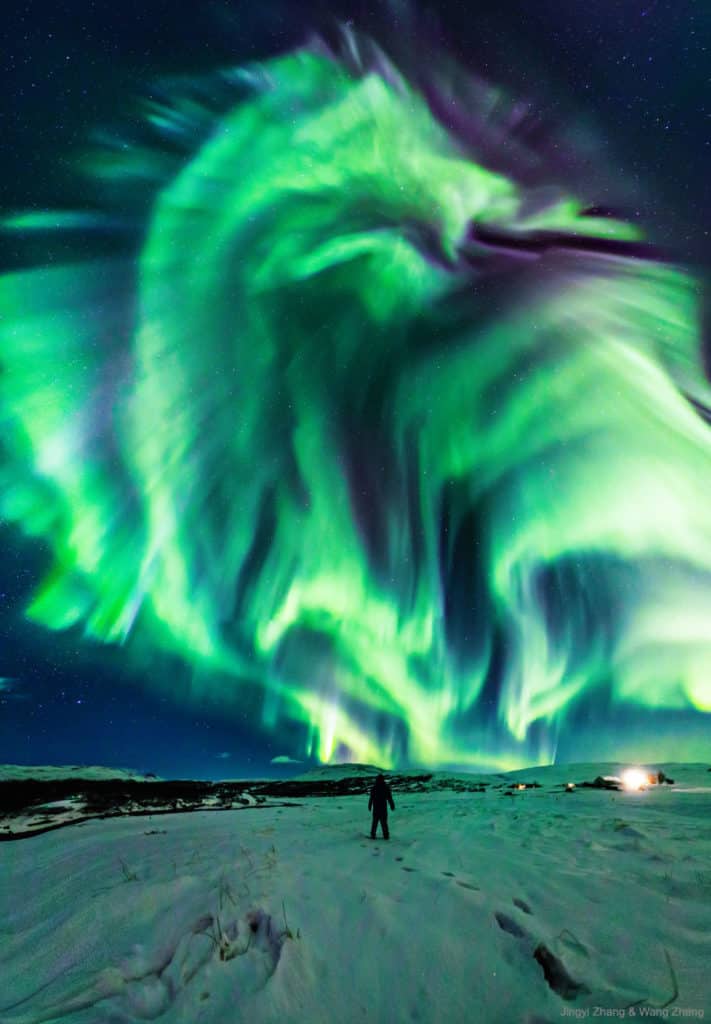
This may be a marketing strategy, but other researches have noted that covering someone’s eyes made the sound disappear. This suggested that the overstimulated visual centers could cause the perception of sound in the brain or by energetic phenomena associated with the aurora.
Others theorize that the perception of auroral noises is self-induced, but no general consensus has been reached on whether these sounds actually exist.
Image sources:
- https://www.hurtigruten.com/globalassets/photos/inspiration/northern-lights/hub/aurora-borealis-above-snowy-island-vestvagoya-lofoten_swen-stroop.jpg?width=1900&height=950¢er=0.38,0.23&transform=DownResizeCrop
- https://spaceplace.nasa.gov/aurora/en/sun4.en.png
- https://www.nasa.gov/images/content/599001main1_Aurora1-670.jpg
- https://upload.wikimedia.org/wikipedia/commons/thumb/2/26/Aurora_Borealis_and_Australis_Poster.jpg/400px-Aurora_Borealis_and_Australis_Poster.jpg
- https://www.sdl.usu.edu/programs/images/assp.png
- https://i.pinimg.com/originals/25/5d/d6/255dd6ff65686b34db9e968d8c8cf205.jpg
- https://upload.wikimedia.org/wikipedia/commons/thumb/5/5e/Solar_Cycle_Prediction.gif/1200px-Solar_Cycle_Prediction.gif
- https://stores.selzstatic.com/nvyn50kugf4/assets/settings/lightscape-735108-unsplash.jpg?v=20200309033017
- https://apod.nasa.gov/apod/image/1902/DragonAurora_Zhang_960.jpg
